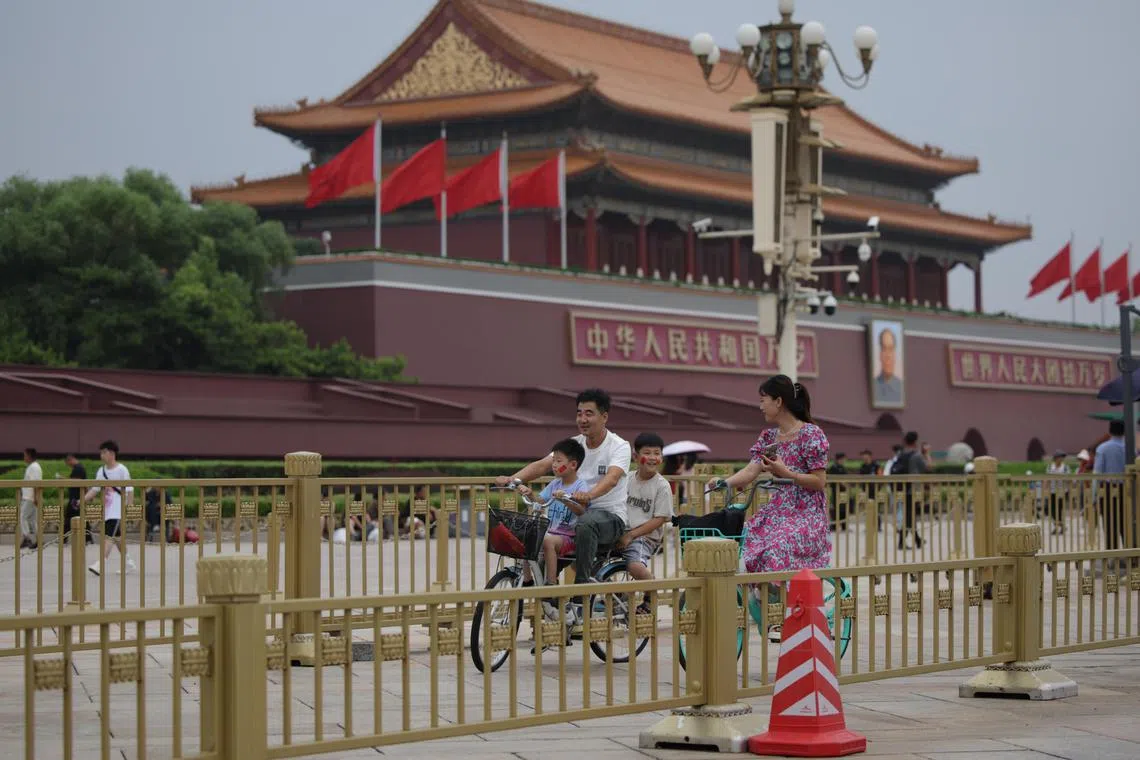Key takeaways from China’s Third Plenum reforms
Sign up now: Get insights on Asia's fast-moving developments

Chinese President Xi Jinping and his team have promised to complete some of the reforms by 2029.
PHOTO: EPA-EFE
Follow topic:
BEIJING - Beijing released a lengthy document outlining sweeping reforms from governance to the economy to social welfare on July 21, three days after a major meeting of its political elites concluded.
Policies will be rolled out successively in line with this five-year plan,
State-owned enterprise reforms: Improve the management and supervision of state-owned enterprises, so that they focus on their core functions in being a pillar supporting the country’s security, economy and public services.
Promote private economy: Introduce legislation to boost the private economy, remove market access barriers and to allow private enterprises to participate in major national projects. Support companies that can take the lead in making technological breakthroughs.
Boost innovation: Promote “revolutionary technological breakthroughs” through industrial transformation and policies to develop strategic industries such as artificial intelligence, aerospace, new energy, new materials, biomedicine and quantum technology. Encourage venture capital and private equity funds to these sectors.
Talent attraction: Implement more proactive and open talent-attraction policies while cultivating scientists, engineers and innovators with a focus on scientific research. Explore an immigration policy to draw tech talents.
Foreign investment: Protect the rights of foreign investors and expand the catalogue of industries accessible to foreign investment, such as telecommunications, education and healthcare. Lift restrictions on foreign investment access in the manufacturing sector.
Fiscal and tax system reform: improve the budget system and the tax system, including expanding local tax sources and giving greater authority to local tax management.
Housing: Speed up the establishment of a housing system that promotes both renting and purchasing, and boost the construction and supply of affordable housing. Empower city governments to regulate the property market and to formulate policies based on local conditions.
Income distribution: Improve the income distribution system and wealth accumulation mechanism.


